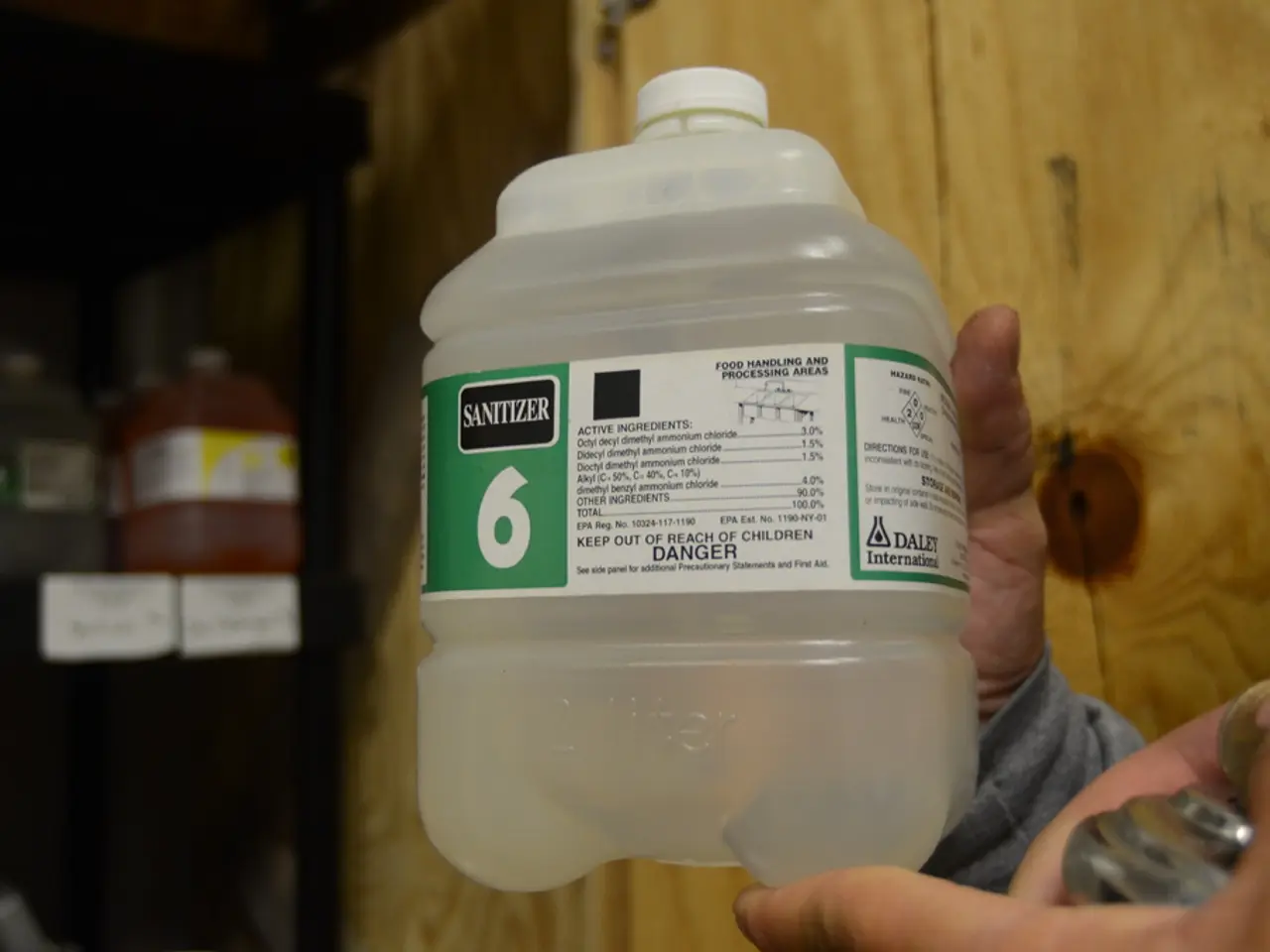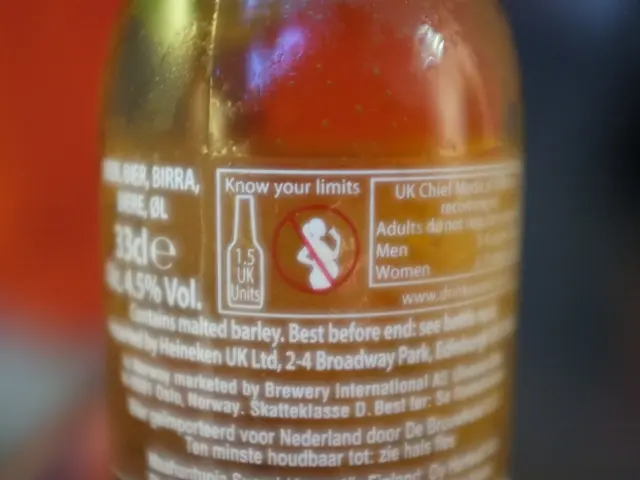Skin Infections Caused by Bacteria: Their Characteristics, Signs, Roots, and Additional Info
Bacterial skin infections, also known as skin and soft tissue infections (SSTIs) or acute bacterial skin and skin structure infections (ABSSSIs), can develop through cuts, wounds, or surgical incisions. These infections are primarily caused by bacteria such as Streptococcus and Staphylococcus species, including methicillin-resistant Staphylococcus aureus (MRSA).
SSTIs and ABSSSIs come in various forms, including cellulitis, erysipelas, folliculitis, furuncle (boil), carbuncle, impetigo, abscess, and necrotizing fasciitis. These infections can be categorised into non-purulent infections, such as cellulitis and erysipelas, and purulent infections, including abscesses, furuncles, and carbuncles.
Necrotizing fasciitis, a severe, rapidly progressive SSTI involving deep soft tissues, is often discussed separately due to its severity and distinct clinical progression.
Preventing bacterial skin infections is possible with some simple measures. Regular hand washing, cleaning any cuts with soap and water, and following a doctor's guidelines for preventing skin infections can significantly reduce the risk.
ABSSSIs are more complex infections, including cellulitis, erysipelas, wound infection, and major cutaneous abscess with a surface area of at least 75 square centimeters. For severe bacterial skin infections, a person may require oral or intravenous antibiotics in a hospital setting.
Doctors may diagnose bacterial skin infections through clinical signs and symptoms, and possibly laboratory tests. Topical antibiotics against Gram-positive bacteria are recommended for treating infections like impetigo, erysipelas, and cellulitis.
In healthcare settings, medical staff should take appropriate precautions to avoid bacterial skin infections. This includes ensuring a person bathes or showers before surgery and that surgical teams clean their hands appropriately.
Symptoms of bacterial skin infections may include swelling, inflammation, tender or sore skin, skin that is warm to the touch, crusting, blisters, and it is best for a person experiencing these symptoms to contact a doctor for a diagnosis.
It's also advisable for individuals to consult their doctor for more advice on ways to prevent bacterial skin infections. Doctors may treat community-acquired MRSA with antibiotics.
[1] [Reference for necrotizing fasciitis] [2] [Reference for SSTIs and ABSSSIs] [3] [Reference for categorisation of SSTIs and ABSSSIs] [4] [Reference for prevention and treatment of bacterial skin infections]
Read also:
- Impact of Alcohol Consumption During Pregnancy: Consequences and Further Details
- The cause behind increased urination after alcohol consumption is explained here.
- West Nile Virus found in Kentucky for the first time; residents advised to take protective measures
- Symptoms, Timeframe, and Recovery from Cocaine Detoxification






